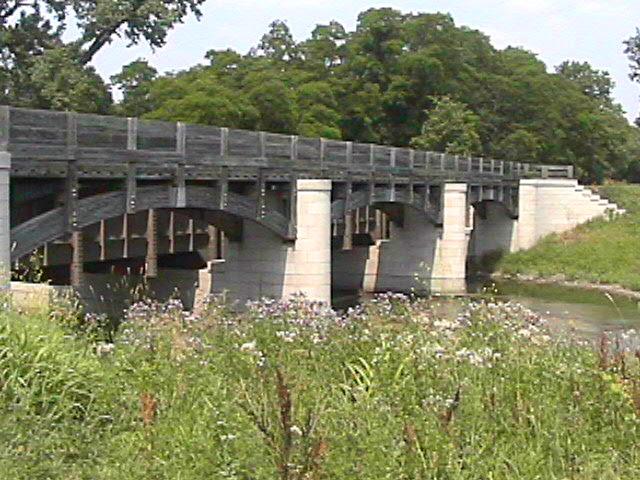To provide observations and information on the emerging fields of landscape scale conservation, heritage preservation, and sustainable community development.
Newsletter
Stay up-to-date with the latest nature, culture and community news.
We won’t spam you or share your information. Newsletters are sent approximately 10 times a year. Unsubscribe at any time.
1981 and 2017: What Can We Learn?
Flagging Sites of Universal Value

National Heritage Areas at Thirty: Help tell the Story
2014 marks the 30th anniversary of the National Heritage Areas program. Conceived as a way to cross the culture – nature divide, heritage areas stretch beyond political boundaries to tell landscape scale histories and protect regional environmental resources. The areas tell stories that are too big, too gritty, too alive and too expensive to be confined within a traditional national park unit. Yet, heritage areas have been consistently hammered by shrinking federal budgets, questions about the proper role of government, and even their right to exist. Read more about how the LLO plans to mark this important anniversary.

National Conference Celebrates Innovative Large Landscapes Programs
At the recent National Workshop on Large Landscape Conservation, attendees took time to celebrate the anniversaries of two ground-breaking large landscape projects – National Heritage Areas and the Yellowstone to Yukon Conservation Initiative.
NHA@30: Program Legislation for National Heritage Areas
Congress designated the first National Heritage Corridor 30 years ago, but still has yet to pass comprehensive heritage area program legislation. While the lack of a unifying policy framework has not hindered new heritage area designations, it has been raised as a justification to cut the NHA budget and to challenge the very legitimacy of the heritage area model. What is the history of NHA program legislation and what – if anything – should be done to promote a more sweeping heritage area policy bill?

NHA@30: Funding for NHAs – Past and Present and What About the Future?
On the Thirtieth Anniversary of the National Heritage Areas (NHA), one thing we can celebrate is that the program is still alive and still funded.
NHA@30 New National Parks in the 1990s: Thinning of the Blood or a Much Needed Transfusion?
Reflections on a paper, originally written in 1991, which argued in favor of managing park units at a landscape scale. More than 20 years later, this concept is a widely accepted conservation practice, yet the National Park Service often still struggles in engaging its National Heritage Area partners in implementing these ideas in jointly in regions across the country.

National Heritage Areas at Thirty: Help tell the Story
2014 marks the 30th anniversary of the National Heritage Areas program. Conceived as a way to cross the culture – nature divide, heritage areas stretch beyond political boundaries to tell landscape scale histories and protect regional environmental resources. The areas tell stories that are too big, too gritty, too alive and too expensive to be confined within a traditional national park unit. Yet, heritage areas have been consistently hammered by shrinking federal budgets, questions about the proper role of government, and even their right to exist. Read more about how the LLO plans to mark this important anniversary.

National Conference Celebrates Innovative Large Landscapes Programs
At the recent National Workshop on Large Landscape Conservation, attendees took time to celebrate the anniversaries of two ground-breaking large landscape projects – National Heritage Areas and the Yellowstone to Yukon Conservation Initiative.
NHA@30: Program Legislation for National Heritage Areas
Congress designated the first National Heritage Corridor 30 years ago, but still has yet to pass comprehensive heritage area program legislation. While the lack of a unifying policy framework has not hindered new heritage area designations, it has been raised as a justification to cut the NHA budget and to challenge the very legitimacy of the heritage area model. What is the history of NHA program legislation and what – if anything – should be done to promote a more sweeping heritage area policy bill?

NHA@30: Funding for NHAs – Past and Present and What About the Future?
On the Thirtieth Anniversary of the National Heritage Areas (NHA), one thing we can celebrate is that the program is still alive and still funded.
NHA@30 New National Parks in the 1990s: Thinning of the Blood or a Much Needed Transfusion?
Reflections on a paper, originally written in 1991, which argued in favor of managing park units at a landscape scale. More than 20 years later, this concept is a widely accepted conservation practice, yet the National Park Service often still struggles in engaging its National Heritage Area partners in implementing these ideas in jointly in regions across the country.


